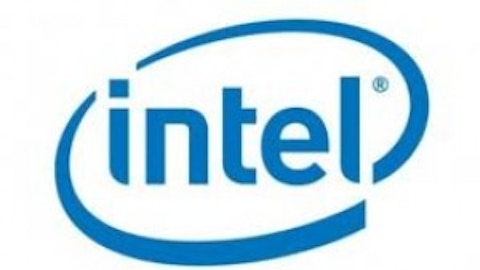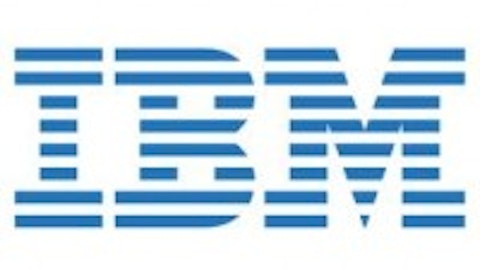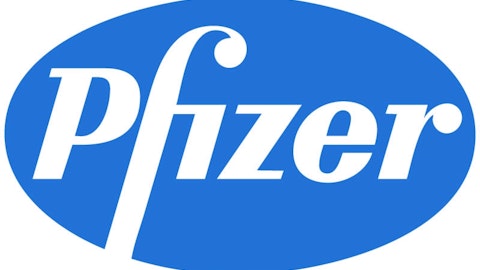Although it was eventually supplanted by petroleum as the world’s preferred fuel of commerce and industry, anthracite remains a popular choice for metallurgical purposes. Pennsylvania remains a major producer of anthracite, but its output has fallen steeply since the turn of the century from a peak of 5.2 million tons in 1998 to only 1.7 million tons a decade later.
The Dow also rises
On Feb. 11, 1932, the Dow paused on its plunge into the worst bear market ever seen to record one of the best single-day gains ever seen, finishing with a 9.5% improvement on the previous day’s closing price. Traders rejoiced over a bill making its way through Congress that would loosen the money spigot at the Federal Reserve’s discount window, leading the market to its broadest advance in two months, according to the Chicago Tribune.
The less accurate market analysis of the day pegged the 2.6 million-share day as having added between $1 billion and $3 billion in total value to a market that was then about 80% off its 1929 high. AT&T Inc. (NYSE:T) and General Motors Company (NYSE:GM) together accounted for $220 million of that gain, underscoring the importance of leading industrial concerns to the American economy, even in the Great Depression. However, this would only be a brief respite in the final months of the early 1930s bear market, which did not bottom out until that summer, mere days after Franklin D. Roosevelt’s Presidential campaign became official with his nomination at the Democratic National Convention.
They have the plants, but we have the power (part 2)
Five years later, on Feb. 11, 1937, GM made waves again when it agreed to the first union contract in the history of the American auto industry. This marked the culmination of the first widespread sit-down strike in American labor history, which had seen violence and bitter standoffs between union leaders and GM executives. To end the strike, GM president Alfred P. Sloan agreed to an aggregate annual wage increase of $25 million and officially recognized the United Auto Workers union’s right to exist, organize, and petition for improvements to its situation. The union’s success emboldened workers at Chrysler to strike shortly thereafter. That company’s employees were soon covered under the UAW’s umbrella, and even Ford (NYSE:F) , historically generous to labor but resistant to unionization, agreed to a union contract by 1941.
The article The Myth of Permanent Economic Expansion originally appeared on Fool.com and is written by Alex Planes.
Fool contributor Alex Planes has no position in any stocks mentioned. The Motley Fool recommends Ford and General Motors. The Motley Fool owns shares of Ford and Madison Square Garden.
Copyright © 1995 – 2013 The Motley Fool, LLC. All rights reserved. The Motley Fool has a disclosure policy.





